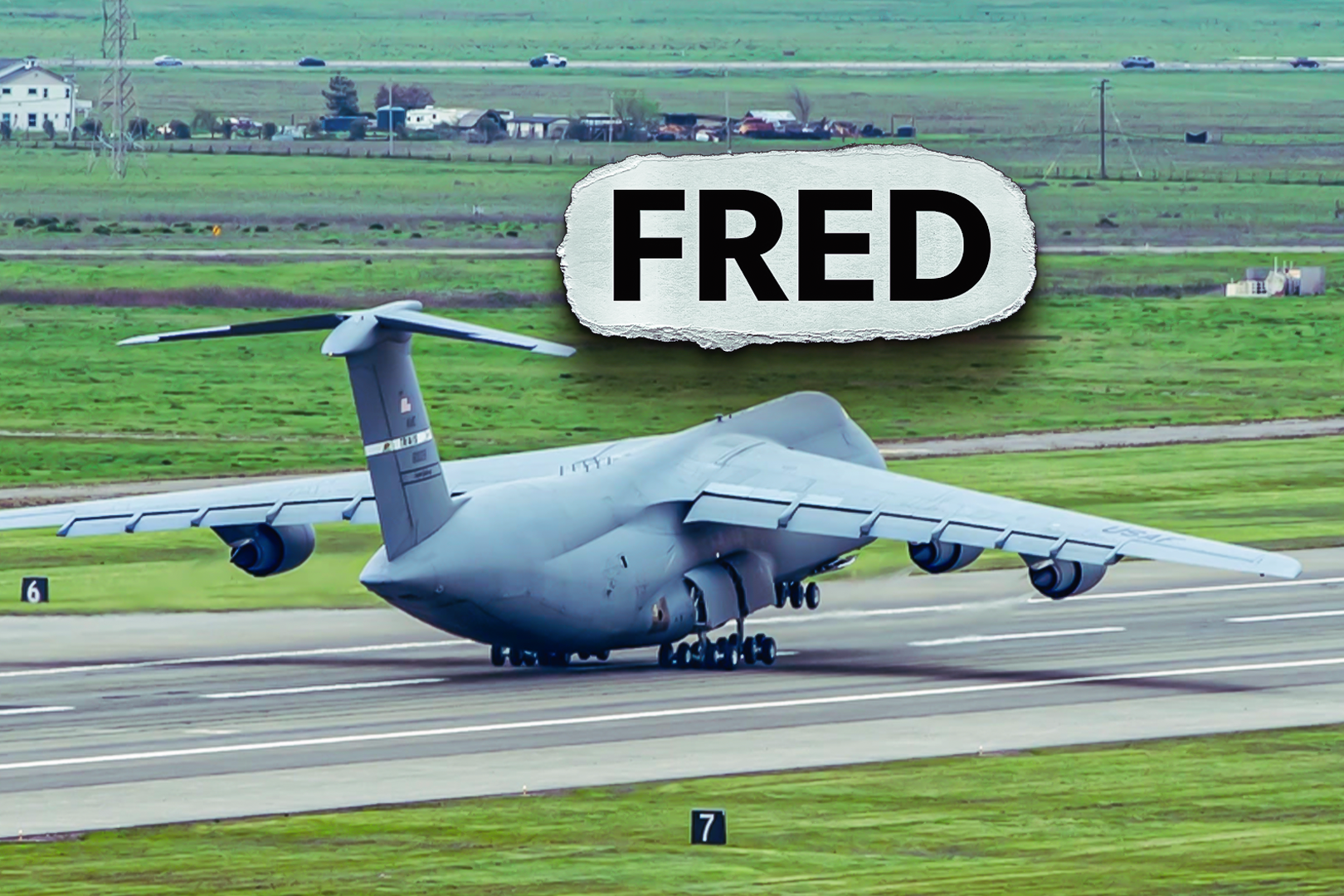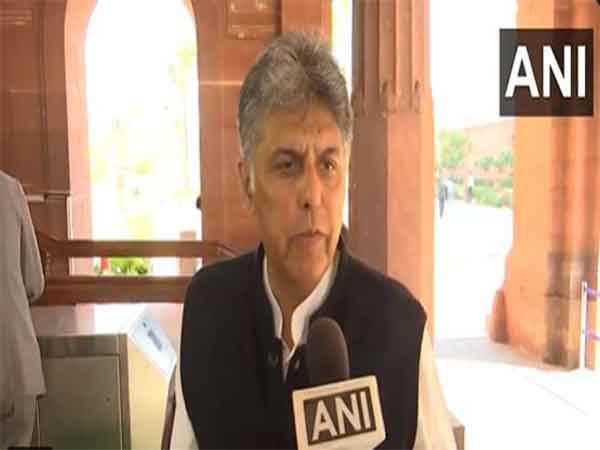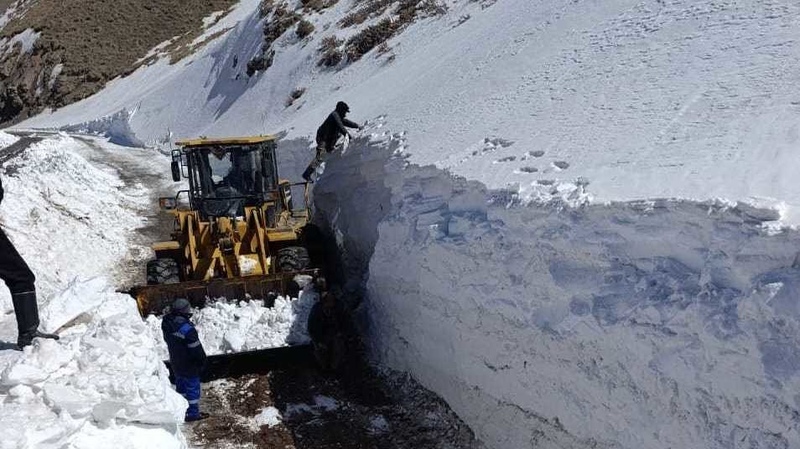
The C-5 Galaxy was designed during the arms race of the Cold War to be the best super-heavy airlift aircraft in the world. During the era of intense competition with the Soviet Union in the 1960s, this incredible jet was born. To this day, it remains the single largest airplane ever flown by the United States Air Force .
Its sheer size is unmatched by any other US military aircraft but most importantly, so is its payload capacity. The mighty Galaxy is, of course, easily recognizable for its massive fuselage, but also the giant T-tail empennage and distinctively hinged nose. In 1970, the first C-5A went into service, ushering in an age of epic proportions in airlift.

As We Are The Mighty remarked, “the C-5 has been an essential element in almost every U.S. venture since its inception.
From conflicts in Vietnam (yes, Vietnam) to Afghanistan, the C-5 was there.” Since their inception over five decades ago, legacy airframes have been transformed into C-5M Super Galaxies through modernization like enhanced engines, wings and avionics. These modifications are meant to keep this enormous aircraft in use for many years to come and as the US Armed Forces rely on it, there’s no sign of the C-5 slowing down any time soon.
Pushing the envelope Howard Hughes ' H-4 Hercules seaplane, also known as the Spruce Goose, famously took its attempted flight in 1947 with a wingspan of nearly 320 feet (97.5 meters). The Air Force's C-5 Galaxy has a wingspan of nearly 223 feet (68 meters).
The Airbus A380 also outstrips the C-5 in wingspan at 261 feet, 10 inches (79.8 meters) but can’t come close to the payload capacity. "If you've ever seen a Mack truck [18-wheeler], you can fit that whole thing inside a C-5," said Staff Sgt.
Tramainn McKee , a C-5 loadmaster from the 9th Airlift Squadron of the 436th Airlift Wing at Dover AFB, Delaware. Experts also assess aircraft size by their maximum takeoff weight (MTOW), the total weight a plane can handle during takeoff, including fuel and cargo. By this metric, the Antonov An-225 claims the title of the largest aircraft, according to the Guinness World Records : 1,410,958.
48 lbs (640,000 kg). The C-5, however, unlike the Antonov, was produced in great numbers and actively served all around the world, supporting thousands of missions. The one and only Antonov AN-225 ever built was sadly destroyed in Ukraine by a Russian attack in 2022.
Even before that, the C-5 fleet was already flying the most missions of any super-heavy airlift in the world. A bird called FRED The difficulty and expense of flying the C-5 led the people who keep up the USAF's fleet to giving the C-5 a moniker for its high operating cost and endless maintenance requirements: “FRED,” or “F---ing Ridiculous Economic/Environmental Disaster.” It comes as no surprise that a vintage warbird made to fight the doomsday scenario of nuclear conflict would be less than economical by today’s standards.
The current Galaxy fleet did get a big upgrade in 2018, but all the same, it is a decades-old plane still working hard every day on the flightline to execute a mission that nothing else on the planet can do. "I think [the C-5M] symbolizes strength -- the strength of our military, and the strength of our Air Force," said Maj. David Boytim , assistant director of operations with the 9th AS at Dover.
"It symbolizes the steps our leadership is taking to take care of the national treasure that we've been given to work with.” “The airplane is more capable, more fuel efficient and a cost-saver. It is a better tool for us to move humanitarian relief, and to move assets to our warfighters overseas faster and more effectively.
With this airplane, we are able to usher in a new culture that the C-5 community hasn't seen before." It may well be true that the Galaxy is exceptionally costly and hard to sustain to a high level of operational readiness; however, it is equally true that it is capable of amazing things. Like many assets owned by governments and militaries, they don’t make sense if you’re trying to balance the books without context.
It may be fair to call the C-5 a problematic platform in terms of economics and environmental impact, but thankfully technology has been developed to improve the out-dated aspects of the Galaxy’s design. Countless defense, humanitarian, and diplomatic missions of the USAF and US Government would never have been possible if the C-5 fleet weren’t still flying today. Galaxy on the world stage In August 2010, a C-5M and crew from Dover Air Force Base , Del.
, flew the $1 billion-plus Alpha Magnetic Spectrometer from the European Organization for Nuclear Research in Switzerland to Kennedy Space Center, Florida. Nobel Laureate, Dr. Samuel Ting said in an AMC news report the particle detector was so large that without the C-5 to haul it, it would have required a disassembly.
Such a complex and delicate machine is an extremely costly and time-intensive undertaking to disassemble and reassemble, also carrying the risk of damage in the process. "I'm very grateful the U.S.
Air Force came to help us," Dr. Ting said about the use of the C-5. Again in April 2011, a C-5 and crew arrived at Yokota Air Base, Japan, to support Operation Tomodachi.
They brought with them a 155-member Chemical-Biological Incident Response Force, which was made up of Marines from the Naval Support Facility in Indian Head, Maryland. Japan experienced a devastating 9.1 earthquake, triggering a tsunami over 133 feet high, causing nuclear meltdowns at Fukushima during this incident.
The Chemical Biological Incident Response Force (CBIRF) was requested by the Japanese Self-Defense. Joint training with the Japanese was promptly established by CBIRF, and an atmosphere was established that allowed both organizations to strengthen and supplement each other's operational capacities. Fortunately, no call was placed where CBIRF had to intervene, and after a month of support operations, the unit returned home.
The “Whale” was the largest plane to hit the deck when they took flight with US Navy in 1956 to form a formidable wing of the nuclear deterrent force. By the numbers In the official fact sheet by the US Air Force : “Based on a study showing 80 percent of the C-5 airframe service life remaining, Air Mobility Command began an aggressive program to modernize the C-5s in 1998.” “The C-5 aircraft engines were upgraded from four General Electric TF-39 engines to General Electric CF6-80C2-L1F (F-138) commercial engines.
” “This engine delivers a 22 percent increase in thrust, a 30 percent shorter take-off roll, a 58 percent faster climb rate, and will allow significantly more cargo to be carried over longer distances.” The C-5 Avionics Modernization Program upgraded the navigation, surveillance, and air traffic management systems to preserve compliance with national and international airspace regulations as well as the avionics to enhance communications. Additionally, a new autopilot system and safety equipment were installed.
Primary Function: Outsize cargo transport Prime Contractor: Lockheed Martin -Georgia Co. Power Plant: Four F-138-GE100 General Electric engines Thrust: 51,250 pounds per engine (51,250 lbf / 228 kN) Wingspan: 222 feet 9 inches (67.89 meters) Length: 247 feet 10 inches (75.
3 meters) Height: 65 feet 1 inch (19.84 meters) Cargo Compartment Height: 13 feet 6 inches (4.11 meters) Cargo Compartment Width: 19 feet (5.
79 meters) Cargo Compartment Length: 143 feet 9 inches (43.8 meters) Pallet Positions: 36 Maximum Cargo: 281,001 pounds (127,460 kilograms) Maximum Takeoff Weight: 840,000 pounds (381,024 kilograms) Speed: 518 mph (832 km/h) Unrefueled Range (C-5M): 5,524 statute miles (8,890 km) with 120,000 pounds of cargo Crew: Pilot, co-pilot, two flight engineers, three loadmasters Discover the Voyager - the largest aircraft operated by the UK’s RAF. It supports long-range, global defense missions at home and abroad.
Charting a course for the future The relevance of the C-5 is reinforced by the value it has shown by providing much-needed strategic airlift in unpredictable conditions. The US Armed Forces anticipate that, in the face of the ever-shifting geopolitical landscape, there will continue to be a need for rapid, super-heavy airlift. Reducing maintenance through upgrades and improved diagnostics, as well as increasing the range through the modernization program has allowed the C-5M to allay many defense concerns.
Thanks to Lockheed Martin and USAF airmen working together, the C-5 is continuously improving without being constrained by the technology of its original construction. In 2012, C-5 program managers enhanced efficiency and cut costs through the Mobility Mission Linking (MML) program, which optimally positions C-5 crews based on evolving airlift mission needs. MML operates via informal agreements between the 618th AOC and other wings, allowing adjustments with flexibility.
This approach minimizes the need for geographically isolated units to transit empty before and after missions. In just the first three months of the program, it helped avoid nine positioning sorties and reduce four, as well as avoid 11 depositioning sorties and reduce two. Overall, with savings of over 349,000 gallons of fuel, 129 flying hours, and around $1.
3 million in costs. "Current and future air mobility operations involve a high degree of adaptability and flexibility," said Lt. Gen.
Mark Ramsay, commander of the 18th Air Force at Scott AFB . Agility is necessary for global power projection, and the C-5 transports anything the US military needs, anywhere, whether it’s a helicopter or a tank. The performance of the Galaxy makes it possible for the US military to maintain a global presence.
The Air Force also has many staging locations around the world to support any mission..











